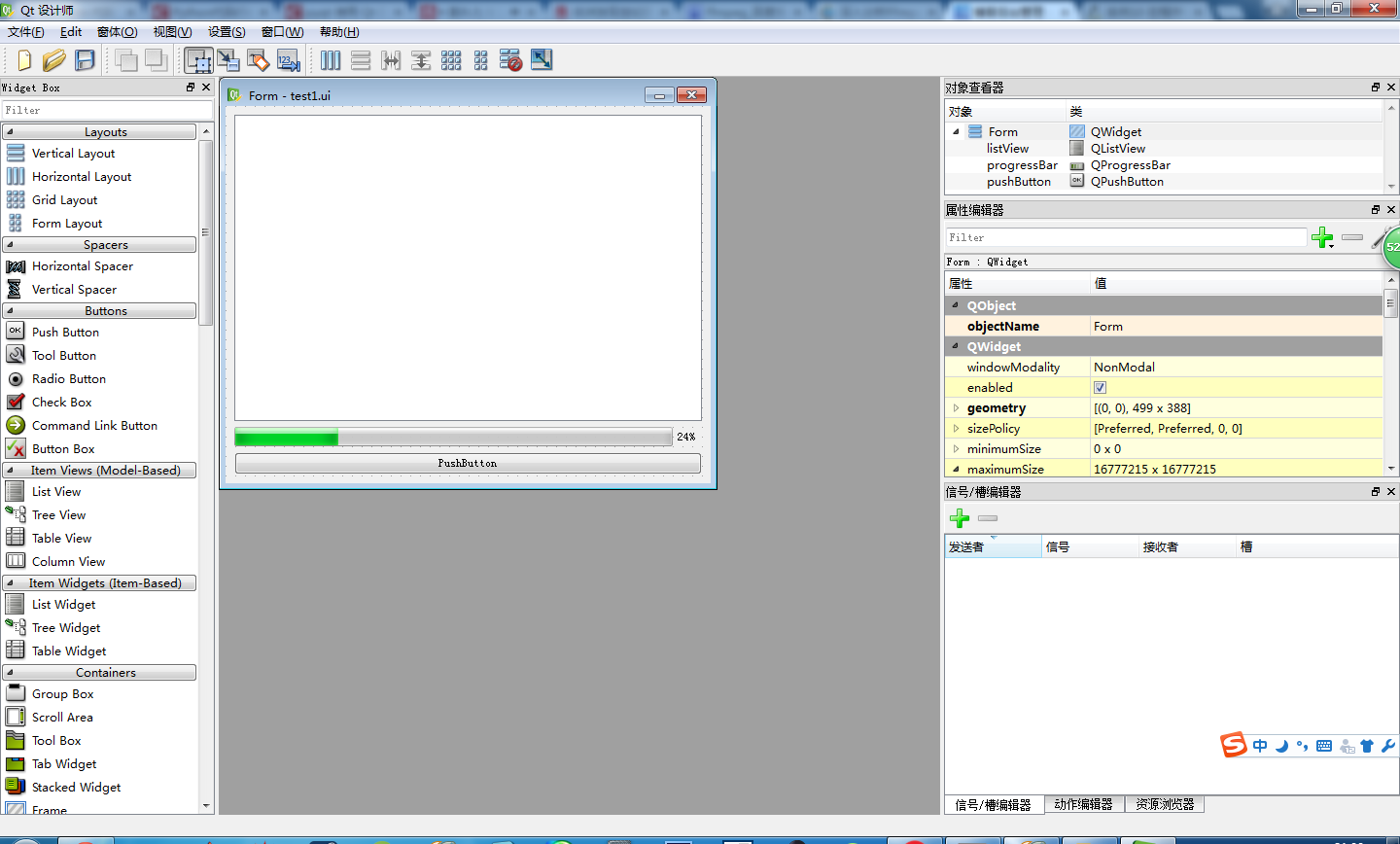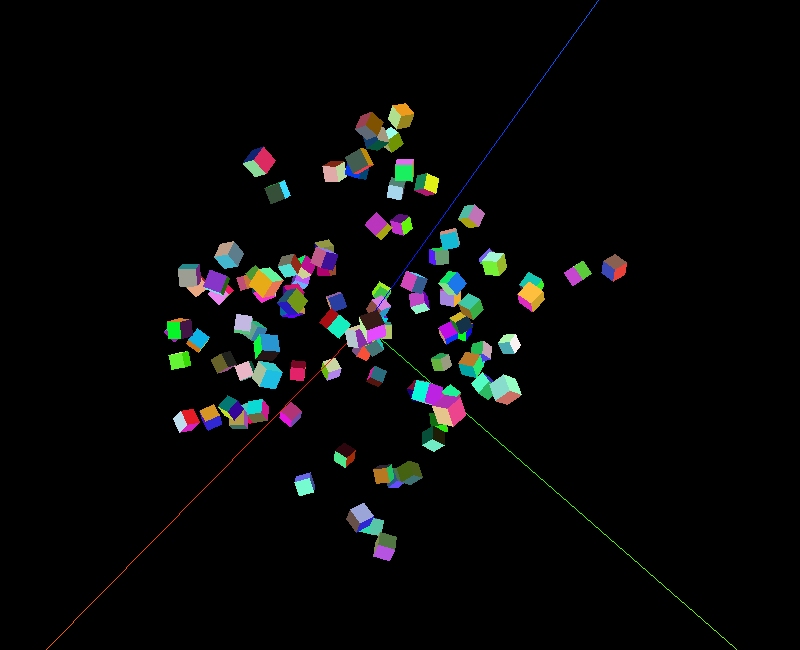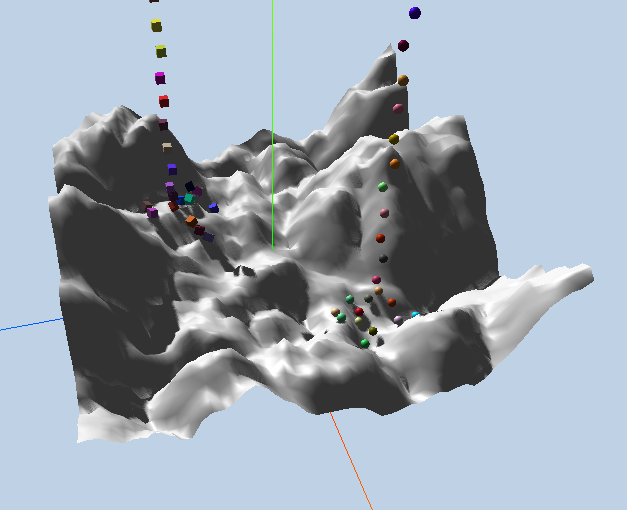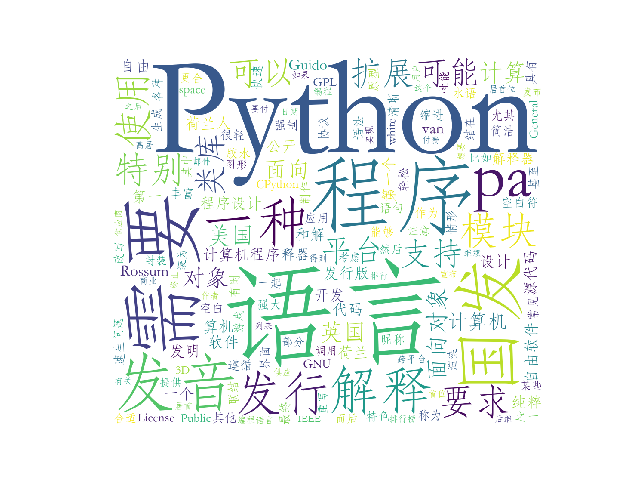深入理解Java中的异常链处理
在Java中,异常链处理是一种捕获和处理多个相关异常的方式。当一个异常被抛出,并且这个异常的父类也存在时,就会形成一个异常链。
以下是一个简单的示例:
public class ExceptionChainExample {public void methodThatCanThrowException() {try {// 这里可能会抛出NumberFormatException或ArithmeticExceptionint divisionByZero = 10 / 0;System.out.println("No exception thrown!");} catch (NumberFormatException | ArithmeticException e) {// 处理异常,这里捕获了两个可能的异常System.out.println("Exception caught: " + e.getClass());// 在这个层次,我们可以选择是否继续处理或抛出新的异常if (e instanceof NumberFormatException) {throw new IllegalArgumentException("Invalid number format.");}}}public static void main(String[] args) {ExceptionChainExample example = new ExceptionChainExample();try {example.methodThatCanThrowException();} catch (IllegalArgumentException e) {System.out.println("Top-level exception caught: " + e.getMessage());}}}
在这个例子中,methodThatCanThrowException() 方法可能抛出 NumberFormatException 或 ArithmeticException。这些异常通过异常链传递给捕获它们的代码块。在 main() 方法中,我们模拟了这种异常链处理方式。































![【转】[C# 基础知识系列]专题二:委托的本质论 【转】[C# 基础知识系列]专题二:委托的本质论](https://image.dandelioncloud.cn/images/20211214/a0d328ef5d9d42e5902cabf91a41e27b.png)



还没有评论,来说两句吧...